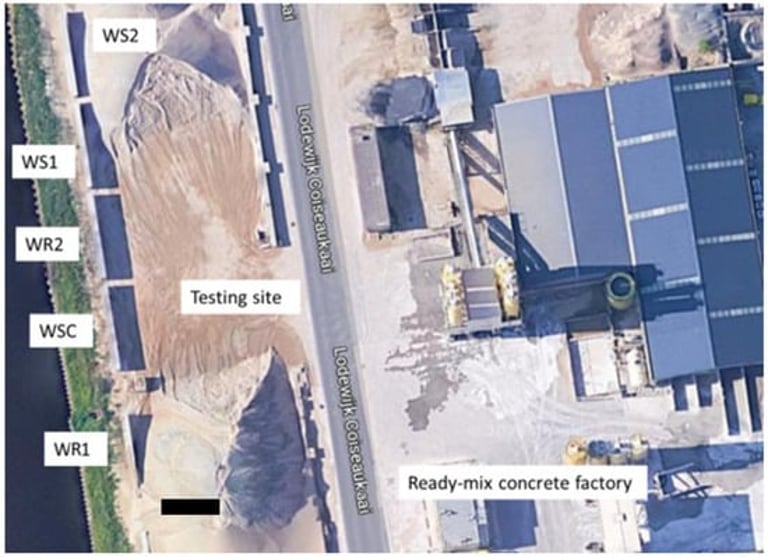Superabsorbent Polymers: A Game-Changer for Water Management, Agriculture, and Construction
August 18, 2024
Water scarcity poses significant challenges to food security and human survival, necessitating innovative solutions for water management.
With the global population expected to increase by 70-100% by 2050, agricultural water demand is predicted to rise by 14% by 2024.
The article discusses the strategic importance of water reserves and the development of water treatment and management systems using superabsorbent polymers (SAPs).
The article reviews recent advances in using SAPs for sustainable water management and highlights opportunities and challenges for future research.
It emphasizes the importance of cost-effective production methods for SAPs to enable their widespread application in agriculture and water treatment.
These polymers have applications in agriculture, biomedical fields, firefighting, and wastewater treatment, showcasing their versatility.
SAPs have shown promising results in wastewater treatment, effectively removing harmful pollutants such as organic dyes and toxic metals.
In agriculture, SAPs can enhance soil water retention, improve drought tolerance in plants, and reduce nutrient loss through controlled-release systems.
SAPs are being studied for their effectiveness in enhancing the durability of reinforced concrete structures, particularly in large-scale wall elements used in tunnel systems and ground-retaining structures.
The study emphasizes the potential of SAPs to enhance long-term durability and performance of concrete in real-world applications, marking a significant advancement in the construction industry.
Research indicates that internal curing with SAPs can significantly reduce crack formation and corrosion initiation in reinforced concrete walls.
The study found that while reference walls without SAPs exhibited visible cracking within five days, SAP-treated walls remained crack-free over a 24-month monitoring period.
Summary based on 2 sources